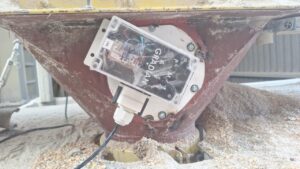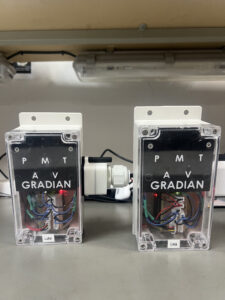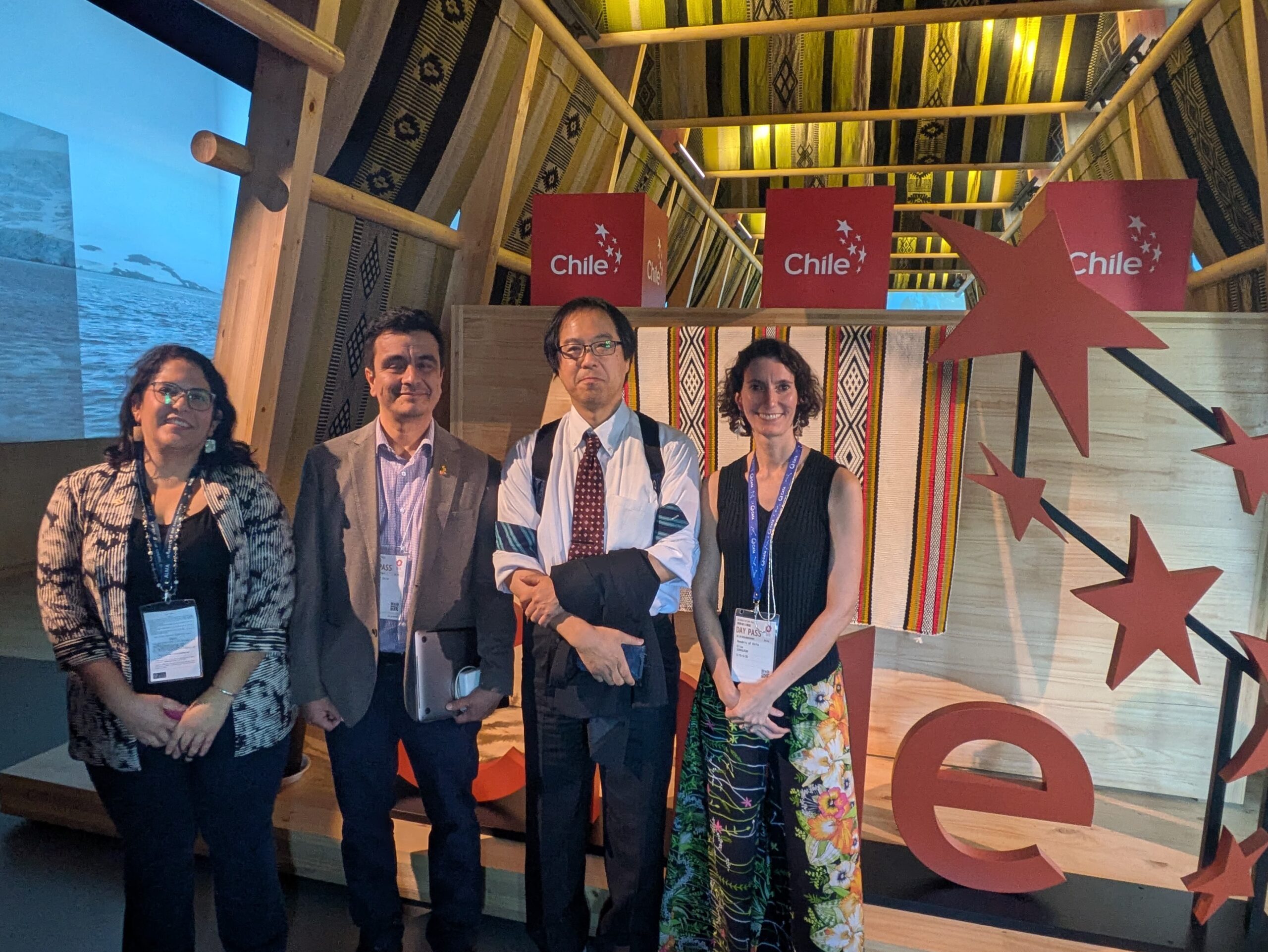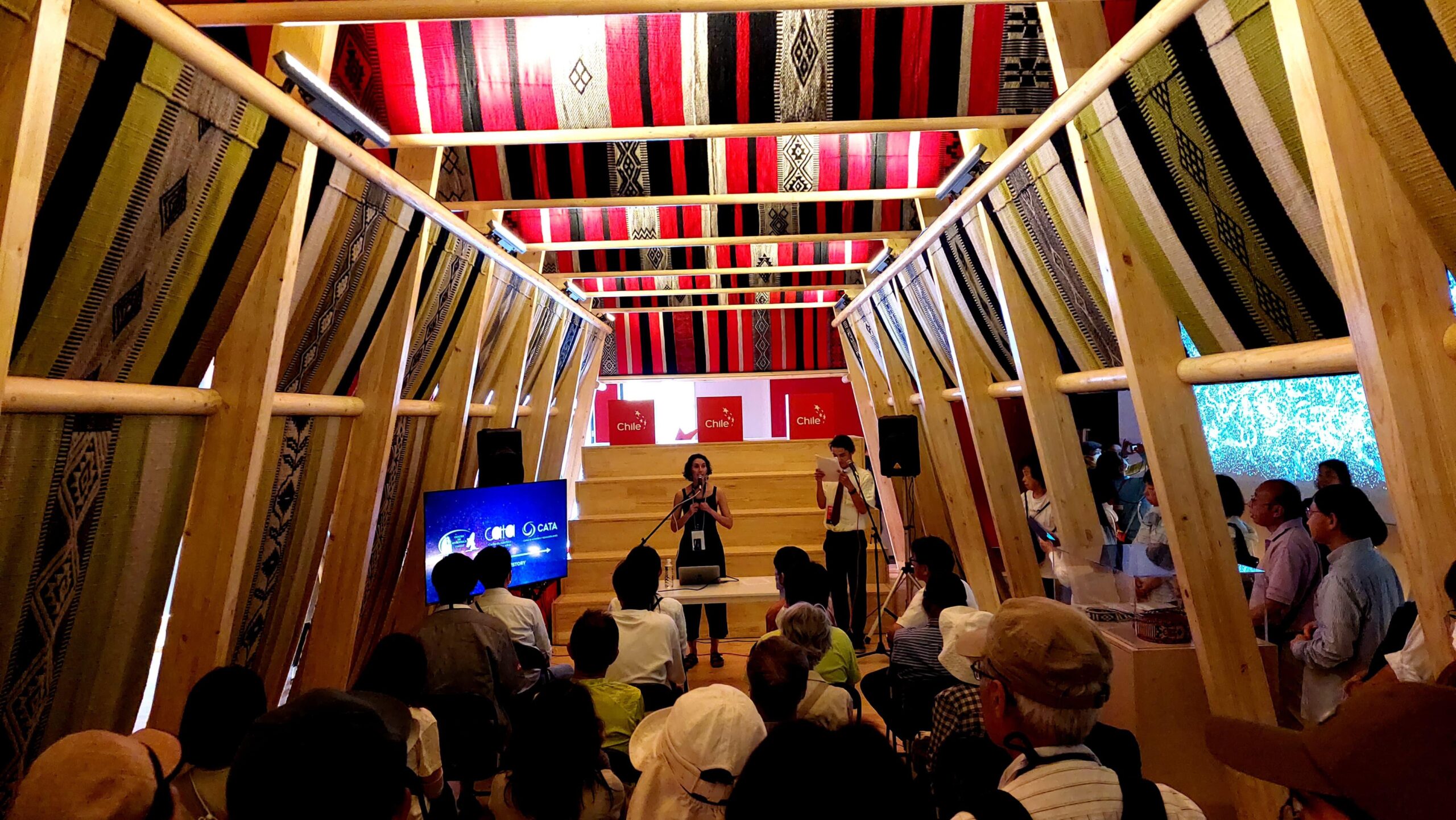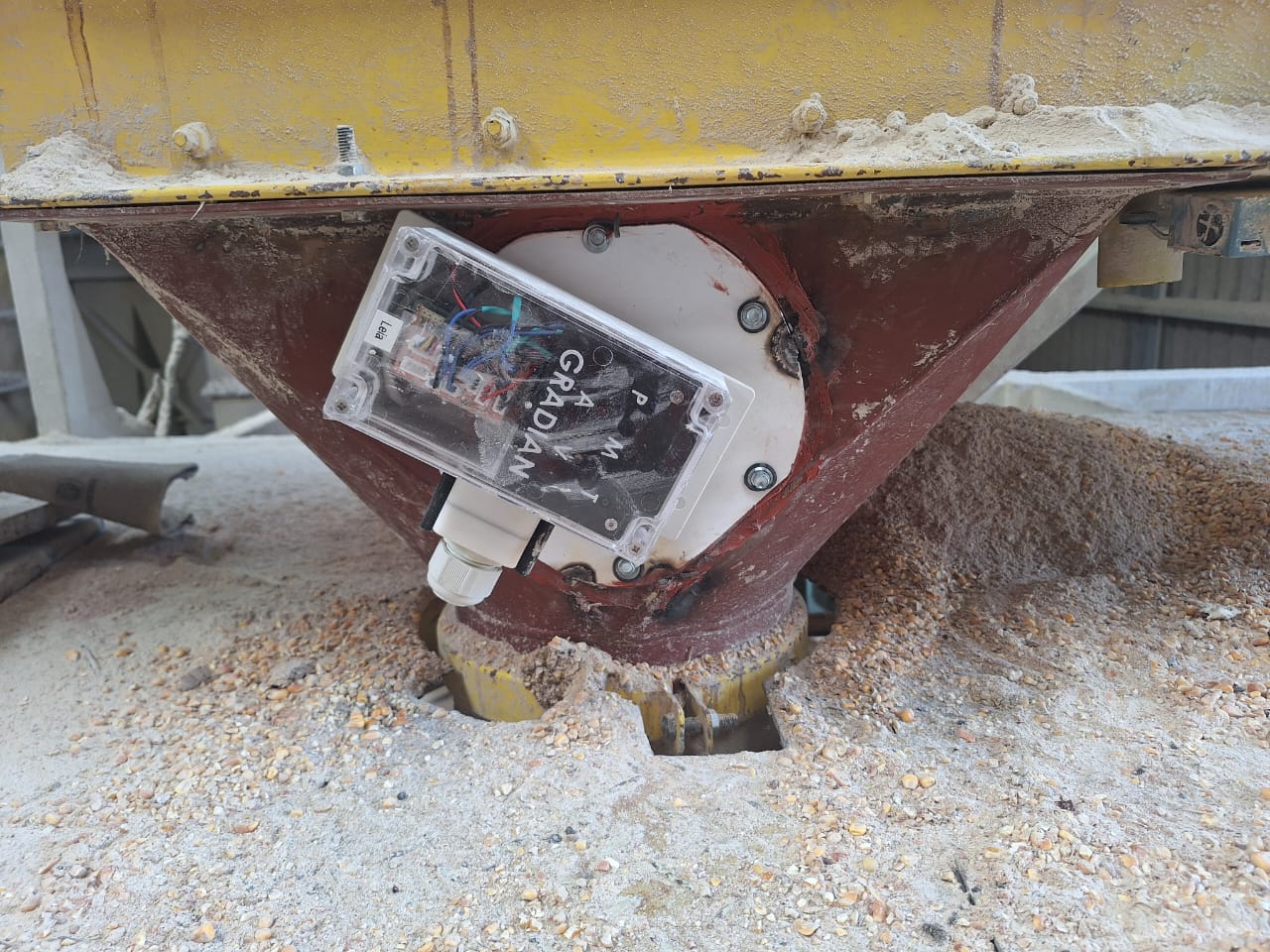
Astronomical technology optimizes poultry feeding process
Sensor systems developed by CATA and implemented in an Agrosuper plant make it possible to distinguish with maximum accuracy the differences between grains, reducing costs and improving poultry feeding.
The Gradian technology operates from a sensor based on optical spectroscopy, a crucial functionality in astronomical instrumentation, which allows to study the visible light emitted or absorbed by different objects.
In this case, the technology developed by the Center for Astrophysics and Related Technologies (CATA) was implemented at Agrosuper’s Casablanca Plant to determine the characteristics of the grains that pass through the poultry feed transport system.
The equipment operates with an 11-color photodiode sensor, which makes it possible to establish with greater precision the color of the grain passing through a single point, in other words, a resolution 256 times finer than that of a conventional camera. This makes it possible to compare the color spectrum emitted by the grain, also known as signature, and to compare it with other grains entering the transport system, facilitating their identification in real time.
“It is a very accessible technology, due to its low cost, and it can be implemented in a local and focused manner, allowing easy adjustments to be made to incorporate it into the plant’s processes. This feature facilitates the adoption and customization of the technology, according to Agrosuper’s specific needs. In addition, the support of the development team has frontier research and development capabilities, which guarantees close collaboration and the possibility of continuously adapting and improving the technology to meet the constant needs of the company”, explains Franco Curotto, in charge of the Gradian Project at CATA and also holds a master’s degree in Electrical Engineering from the University of Chile.
Also participating in this project were Álvaro Morales, Electrical Civil Engineer; the Technology Transfer area of CATA, professionals and technicians from Agrosuper and specialists in innovation and R&D from Hubtec.
Its development arose from the company’s motivation to improve the process of selecting the types and percentages of grains to be used in poultry feed.
For this purpose, this sensor was installed in the unloading hopper, which does not affect the operation of the chain. In addition, in the future, Agrosuper can integrate the information obtained into its industrial control and monitoring system (SCADA).
“The main objective has been to support the company with a system that facilitates and optimizes pellet production in the industry, monitoring the sequence of grains by means of a camera throughout the production process, so that there is no undesired mixing in the final operations,” adds Franco Curotto, from CATA.
From the hardware point of view, the main challenge consisted of building a prototype that is sufficiently small, light and resistant to the conditions of Agrosuper’s plants, where dust circulates and the equipment is exposed to permanent vibrations. Meanwhile, for the software, it was necessary to create an artificial intelligence algorithm sufficiently precise for the correct detection of the grains in the dark environment of the conveyor chain.
Other technical difficulties encountered in the process were determining the correct position of the sensor on the chain for proper acquisition of the grain data, and adapting the sensor to the mechanical standards used in the plant.
Among the immediate benefits of this technology are a reduction of undesired mixing, avoiding the production of waste and an increase in the cost of production due to the different values of each grain; a balance in the mix of poultry feed, avoiding nutritional problems in terms of protein, energy and growth of the birds; the reduction of wear in equipment and energy, since the mills operate with different currents for different grains, and the sensor that prevents the overflow of grains in the milling process, reducing inefficiency in the final pellets.
Recent news
-
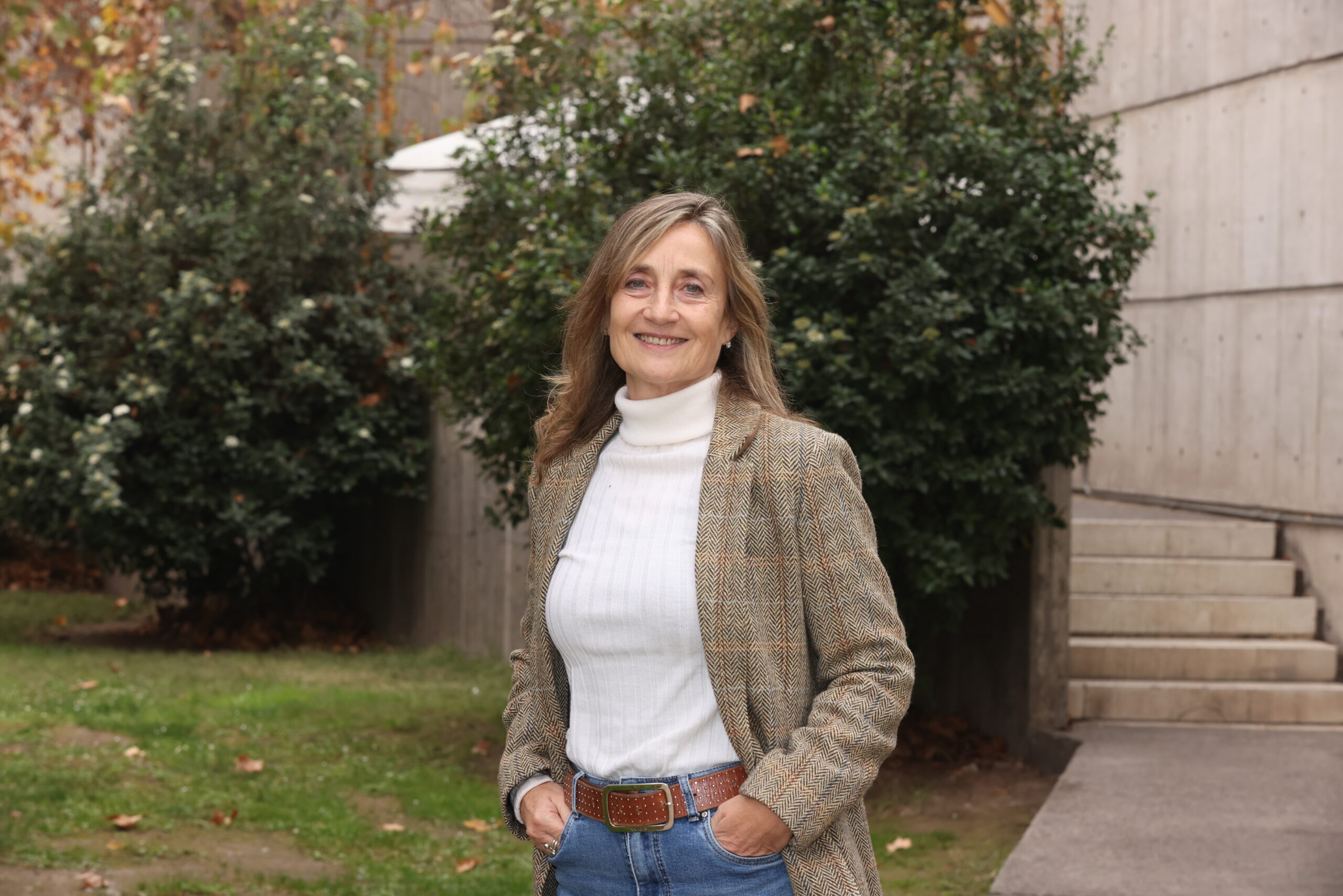 Publicado el: 09/07/2025Patricia Tissera is recognized as full professor by the Pontificia Universidad Católica de Chile
Publicado el: 09/07/2025Patricia Tissera is recognized as full professor by the Pontificia Universidad Católica de Chile -
 Publicado el: 04/07/2025CATA researchers among the best in Chile according to international ranking Research.com
Publicado el: 04/07/2025CATA researchers among the best in Chile according to international ranking Research.com -
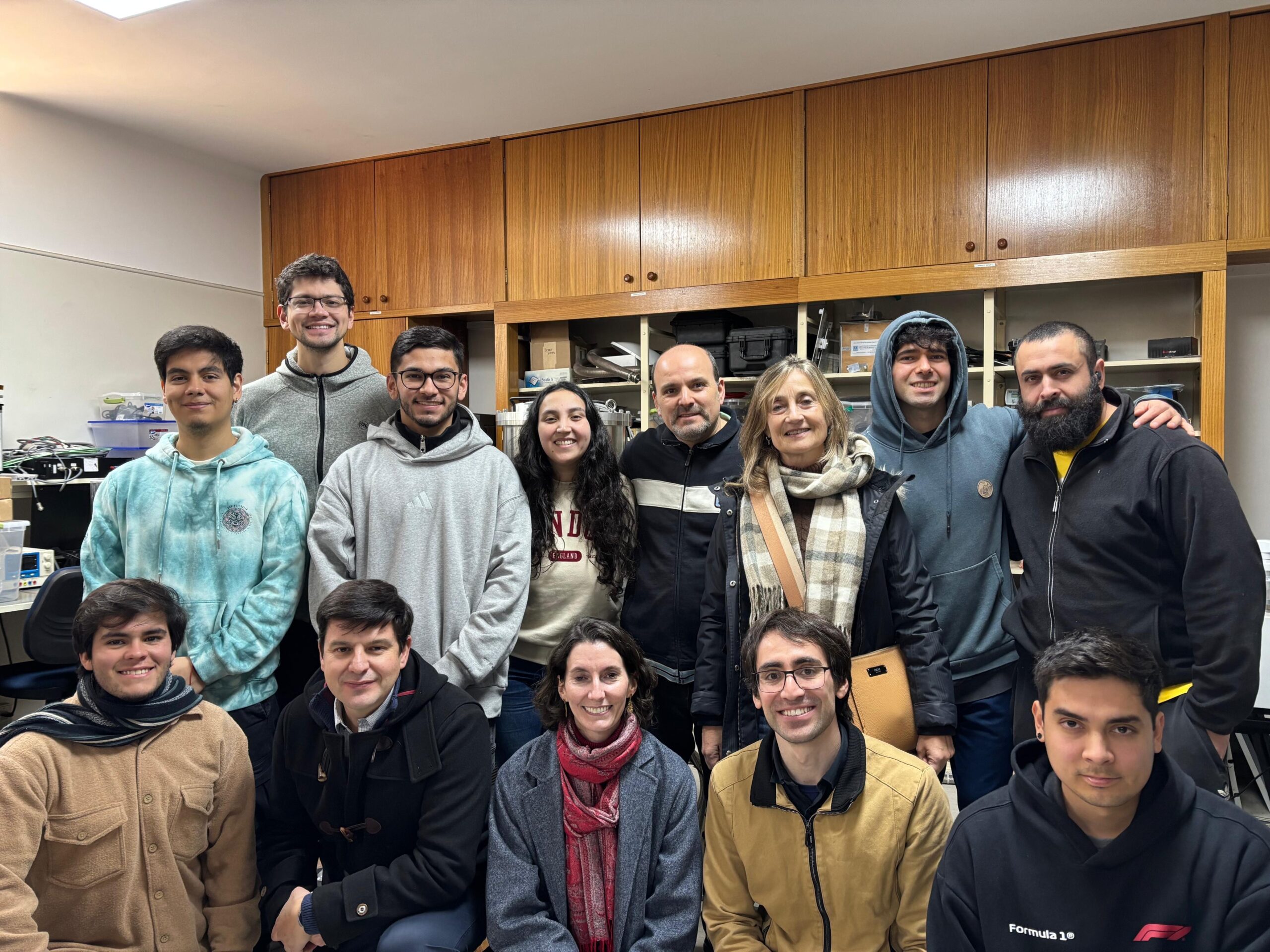 Publicado el: 30/06/2025CATA Director strengthens ties in her second institutional tour
Publicado el: 30/06/2025CATA Director strengthens ties in her second institutional tour -
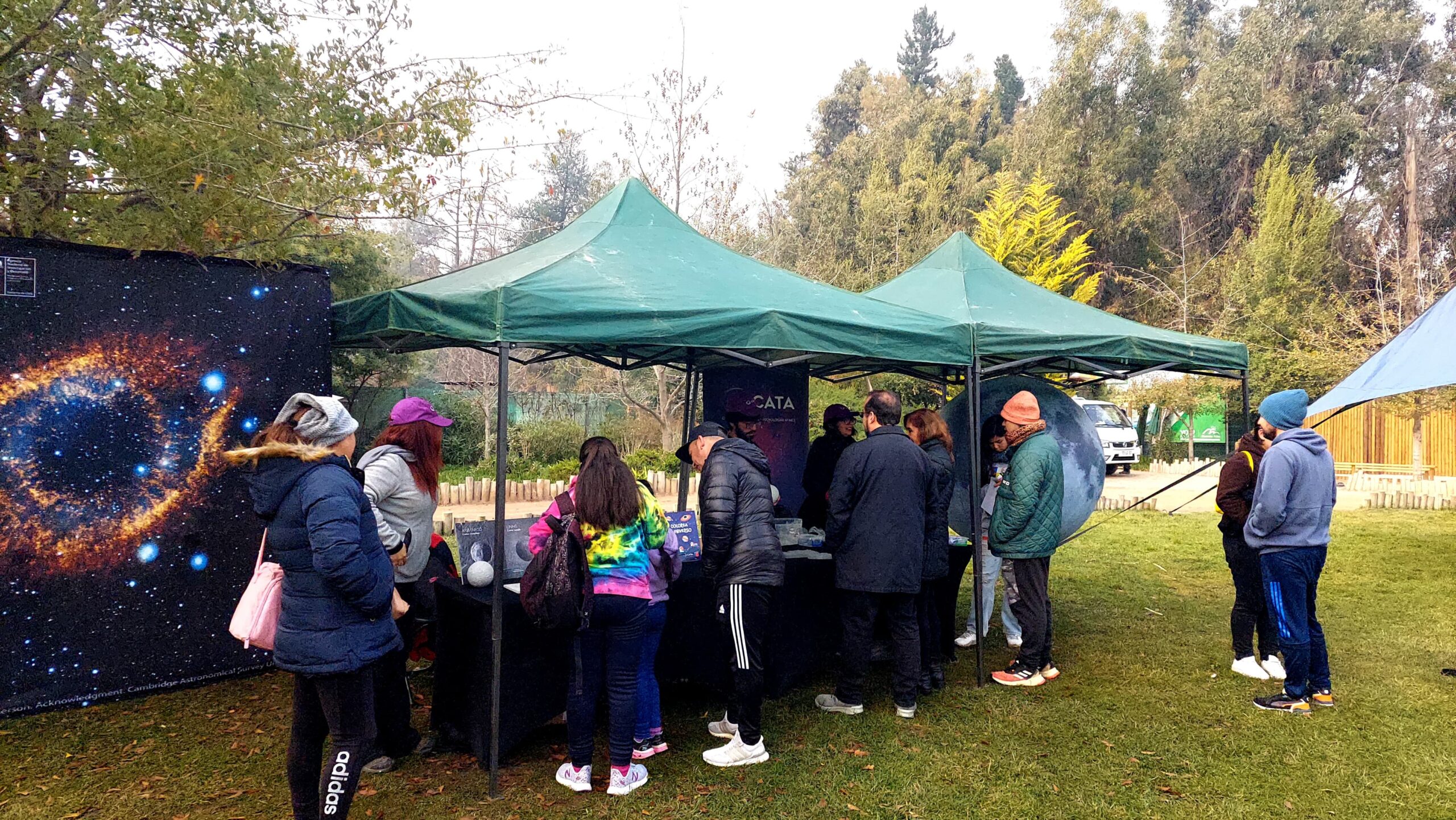 Publicado el: 30/06/2025CATA celebrated Asteroid Day 2025 at the Pueblito de Las Vizcachas Park
Publicado el: 30/06/2025CATA celebrated Asteroid Day 2025 at the Pueblito de Las Vizcachas Park -
 Publicado el: 26/06/2025Vera C. Rubin: the telescope that watches the sky and anticipates the future of astronomy
Publicado el: 26/06/2025Vera C. Rubin: the telescope that watches the sky and anticipates the future of astronomy
Categories list
- Acknowledgments 20
- Astrobiology 5
- AstroCluster 1
- Black holes 13
- Corporativo 49
- Cosmology 4
- Descubrimientos 19
- Disclosure 46
- Exoplanets 13
- Extension 4
- Galaxies 17
- Galaxies formation 2
- Inter y Transdisciplina 2
- Local Universe 13
- Publications 5
- Sin categorizar 31
- Solar System 11
- Stellar formation 6
- Technology 9
- Technology Transfer 12
